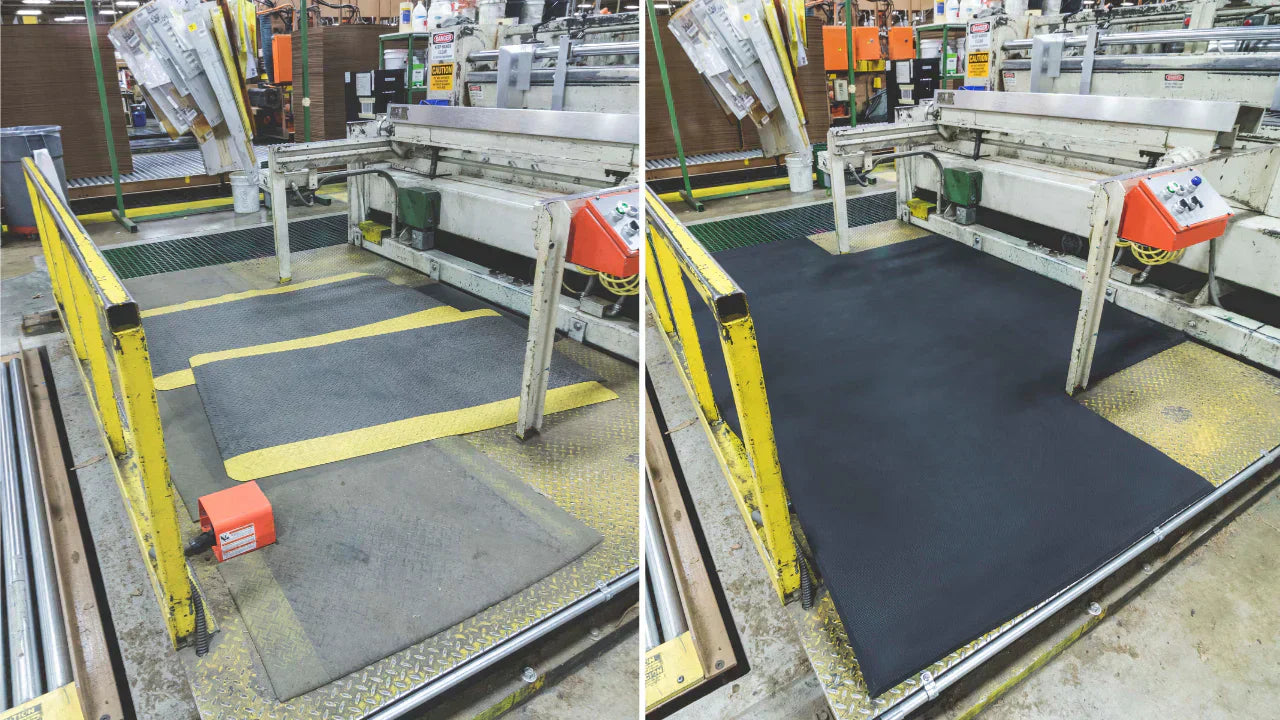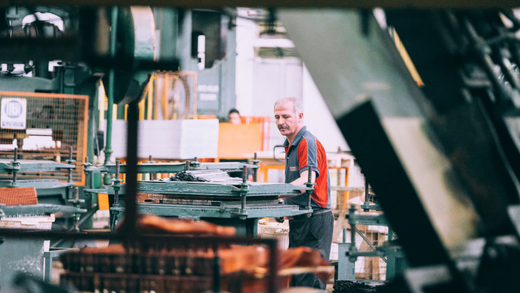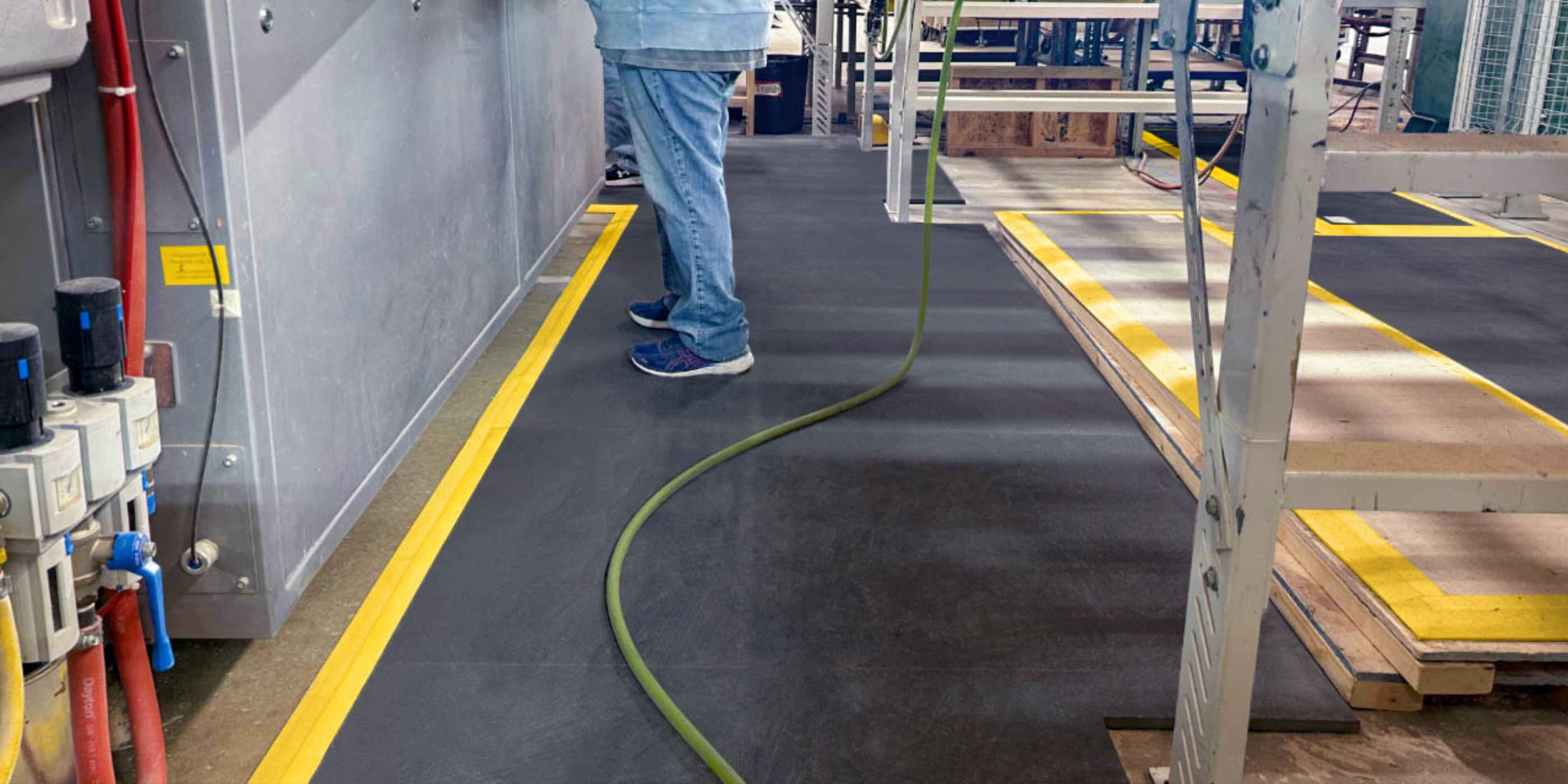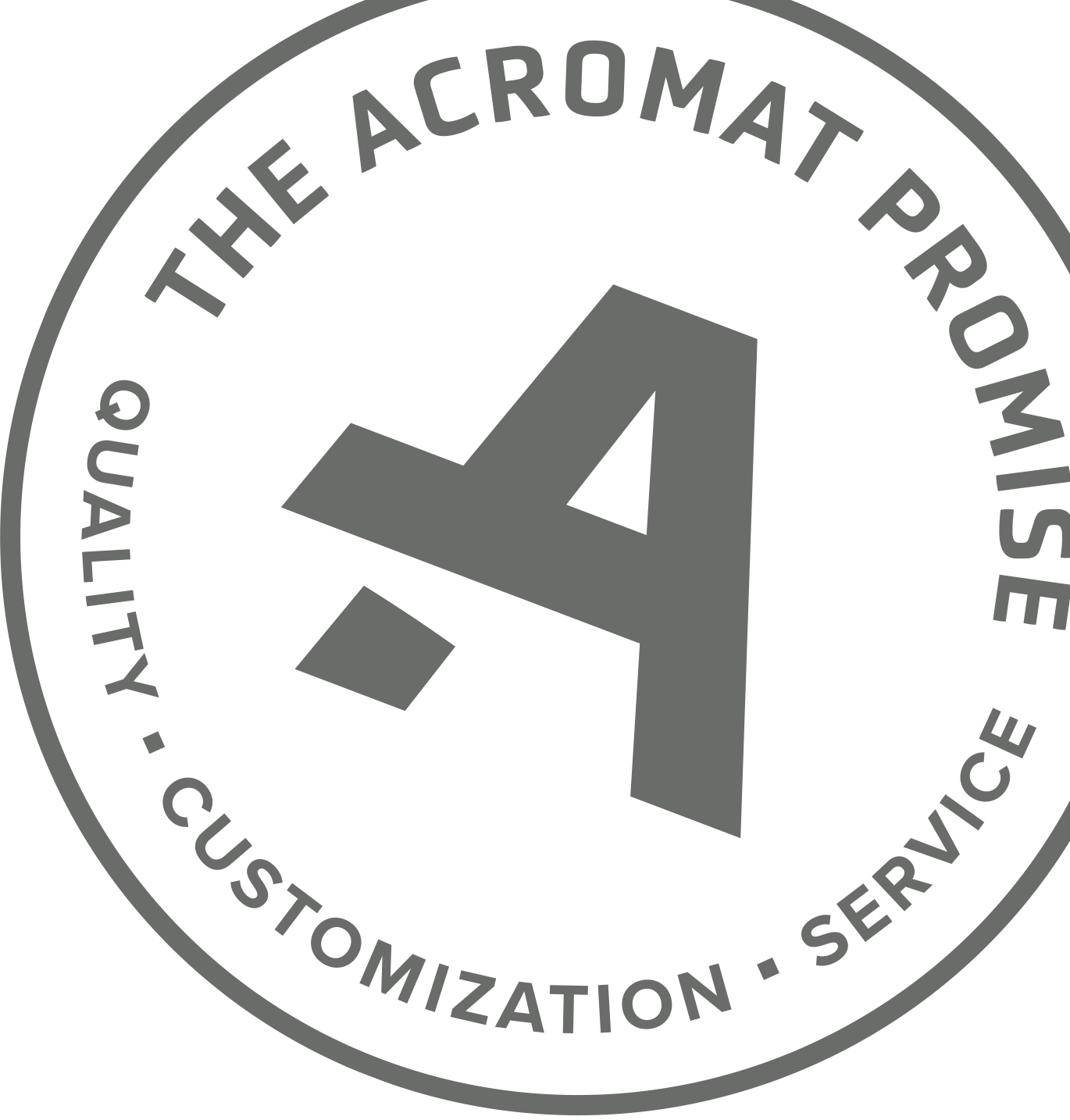Insoles or anti-fatigue mats? Both provide helpful ergonomic support, but which provides the best long-term return on investment? Three factors can help you make informed buying decisions – cost, quality, and value. We explore each below.

Insoles or anti-fatigue mats, which solution provides better ROI? Below are several important differences to consider.
1. Cost – Insoles vs. 100-1 Series Anti-Fatigue Mat
The average pair of generic and non-customized orthotic insoles costs $40. Custom insoles are often over $100. For this example, we will use the generic $40 insoles. consider a distribution center with 100 employees.
100 x $40 per pair of insoles: $4,000
Insoles are designed to last 3-6 months. Higher-quality insoles can last up to 2 years depending on use. For workers who stand on hard surfaces for ~6 hours a day, podiatrists recommend replacing insoles every 4 months or roughly 650-700 working hours.
If the $40 insoles were replaced every 4 months:
Yearly cost for insoles: $12,000
Conversely, industrial grade anti-fatigue mats like the AcroMat 100-1 Series, designed for industrial, retail and food processing environments, costs $15 per square foot.
For this example, the distribution needs 10 4 ft. by 20 ft. anti-fatigue mats (800 total square feet) to accommodate all 100 employees. One 4 ft. by 20 ft. mat costs about $1200.
The mat comes with a Lifetime Performance Warranty protecting against curling, sinking, flattening and delamination; if any of these issues were to happen, the mat would be replaced free of charge.
The 100-1 Series has a life expectancy of 3-8 years (5 years on average) in heavy industrial settings and, unlike insoles, the 100% nitrile cushion never compresses. The mat is impervious to liquids and chemicals, and can be cleaned regularly to extend its useful life without fear of the material breaking down.

The AcroMat 100-1 Series is guaranteed not to curl, sink or flatten, and can be customized to any shape and size to cover complex layouts.
10 100-1 Series mats for 100 people: $12,000
If the mat lasts 3 years: Total cost $4,000/year
If the mat lasts 5 years: Total cost $2,400/year
If the mat lasts 8 years: Total cost $1,500/year
Cost Winner: 100-1 Series Anti-Fatigue Mat
Related: How Do Anti-Fatigue Mats Work?
2. Quality and Value – Insoles vs. 100-1 Series Anti-Fatigue Mat
Both insoles and anti-fatigue mats are designed to reduce pressure on the feet, legs, back, and neck. This includes promoting healthy blood flow which reduces risks of cardiovascular issues, and preventing overexertion by helping your body "share the load."
However, research shows the results between insoles and mats are very different.
According to a webinar titled Anti-Fatigue Mats and Their Relationship to MSD Prevention, hosted by the Centre of Research Expertise for the Prevention of MSDs, there is "moderate" evidence that anti-fatigue mats help reduce pain and discomfort.
Comparatively, there is “very limited” evidence insoles do the same. Further, “impacting the geometry of the shoe” – e.g., raising the foot too far from the shoe base with an insole – can increase the risk of slips, trips and falls because there's less balance control.
A key reason for the difference in results is the fact that insoles go flat over time, while AcroMat anti-fatigue mats never sink, flatten, or lose their ergonomic cushion. Insoles have to be replaced every 4 months to 2 years, while AcroMat anti-fatigue mats can perform upwards of 8 years without interruption.

This custom 100-1 Series anti-fatigue mat for Nokian Tyres remains in place and unaffected after 2 years of use in a 24/7 manufacturing facility (16,000+ hours). The 100% nitrile material is guaranteed to never flatten or lose its cushion.
Quality and Value Winner: 100-1 Series Anti-Fatigue Mat
3. Pro/Con Summary
Below, a summary of 4 benefits of insoles compared to 5 benefits of AcroMat anti-fatigue mats.
Insoles:
I. Specific to the individual, not the facility or workspace.
II. Podiatrists recommend replacing insoles every 4 months to maintain proper foot health and support.
III. Proper orthopedic insoles provide excellent ergonomic cushion, however insoles don't support traction.
IV. Insoles leave with the employee, i.e., they are turnover prone.
V. Easy to order in bulk, roughly $40 per pair for quality insoles:
->100 pairs for 100 employees x $40 per pair: $4,000
->If replaced every 4 months: Total cost $12,000/year
AcroMat anti-fatigue mats:
I. Can be designed to any shape/size to fit complex layouts; designed to elevate an entire workspace and its team.
II. Support employees across all shifts, e.g., a 24/7 facility with three shifts would need one custom mat vs. 3X the insoles.
III. Turnover proof, mats don't leave with employee departures.
IV. National Floor Safety Institute Certified for "High Traction," proven to reduce wet-slip risks by 50-90%.
V. Backed by a lifetime cushion and no-curling warranty, overall life expectancy 5-8+ years.
->10 4 ft. x 20 ft. AcroMats for 100 employees: $12,000
->If the mats last 5 years: Total cost $2,400/year
->If the mats last 8 years: Total cost $1,500/year
4. Regardless of Approach, Focus on Your People
MSD or ergonomic injuries are the No. 1 cause of workplace injuries, and high on the list in terms of most preventable workplace injuries. Each year, MSD injuries lead to 364 million missed days of work globally.
In an industry that relies on workers being available and productive, the risk of not having an anti-fatigue solution in place is far greater than the cost. Both insoles and anti-fatigue mats provide valuable benefits. The key is uncovering which solution answers the most pressing needs of your workforce.
Pro Tip:
You're not limited to insoles if you have a large, complex layouts. Consider this custom anti-fatigue mat for a leading manufacturer:




